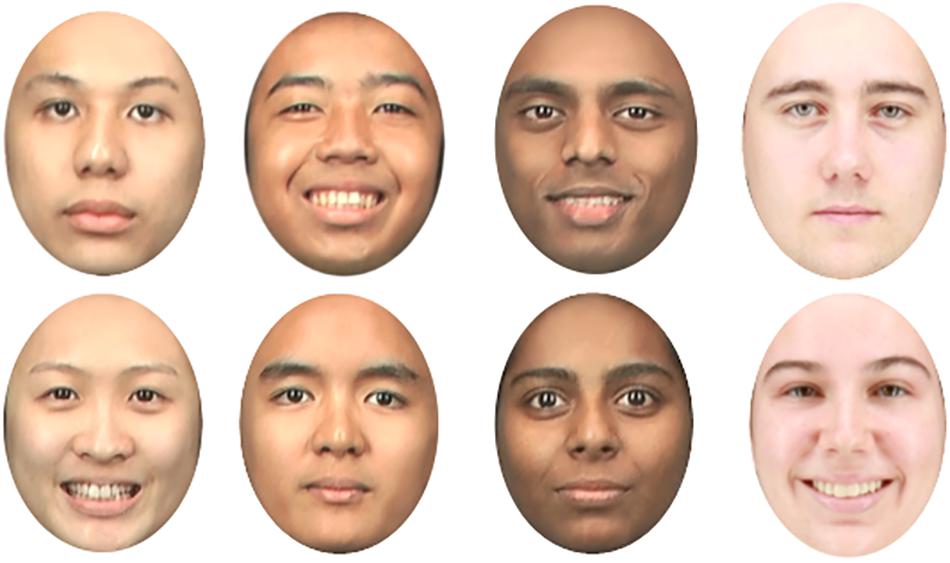:quality(70)/cloudfront-us-east-1.images.arcpublishing.com/cmg/KQS5EUK6CNHKBH4WND65BS2KJU.png)
Preliminary reports from the Washington Traffic Safety Commission (WTSC) showed 745 people were killed in crashes in 2022. Apparently, the number of people killed on Washington roads has now reached levels the state hasn’t seen in decades.
The rate of the year-over-year increase is something the commission said it hasn’t seen since the 1970s.
Impairment by drugs and alcohol is involved in more than half of fatal crashes. According to a December 2022 report from the National Highway Traffic Safety Administration (NHTSA), “Alcohol-involved crashes resulted in 14,219 fatalities, 497,000 nonfatal injuries, and $68.9 billion in economic costs in 2019….”
“During 2017 through 2021, 32 percent of fatal crashes in Washington involved alcohol positive drivers,” said WTSC Director Shelly Baldwin. “Alcohol impairment, whether alone or in combination with other drugs, continues to be a leading risk factor in traffic fatalities.”
Health and safety experts have long advocated for states to reduce the blood alcohol concentration (BAC) per se limit for DUI from 0.08 to 0.05 percent. The state of Utah and more than 100 countries have set BAC limits at 0.05 percent or less. The Washington Legislature is currently considering Senate Bill 5002, which would change the state’s limit to 0.05.
“The goal of this bill is not to increase the number of DUI arrests but to remind and encourage people to avoid driving after drinking and thereby save lives. This was the outcome in Utah, and we expect a similar impact in Washington State.” ~Washington State Patrol Chief John Batiste.
At a BAC of 0.05 percent, a driver has reduced coordination and ability to track moving objects, difficulty steering, and delayed response to emergency driving situations. “The evidence is clear that a driver’s ability to drive safely and react to unexpected traffic conditions is affected when their BAC reaches 0.05 percent,” Baldwin said.
If passed, the legislation would go into effect on July 1, 2023.
The WTSC reminds all people in Washington that there are simple things we can do to prevent impaired driving like planning ahead for a sober ride home if you will be out drinking. Friends and loved ones can help to prevent DUIs by being a sober designated driver, calling a rideshare, or offering a place to sleep.
WTSC analysis shows impaired drivers are more likely to speed and less likely to wear seat belts. These factors increase crash risk and are more likely to result in death.
If passed, the legislation would go into effect on July 1, 2023. There’s also growing momentum for an update to the “Cooper Jones Act.” This legislation requires drivers involved in serious or deadly crashes to have their license re-examined.
Many factors lead to traffic fatalities. Increasing public safety is almost always a step in the right direction. However, please contact my office if you, a friend or family member are charged with DUI, Vehicular Assault any other crime. Hiring an effective and competent defense attorney is the first and best step toward justice.














